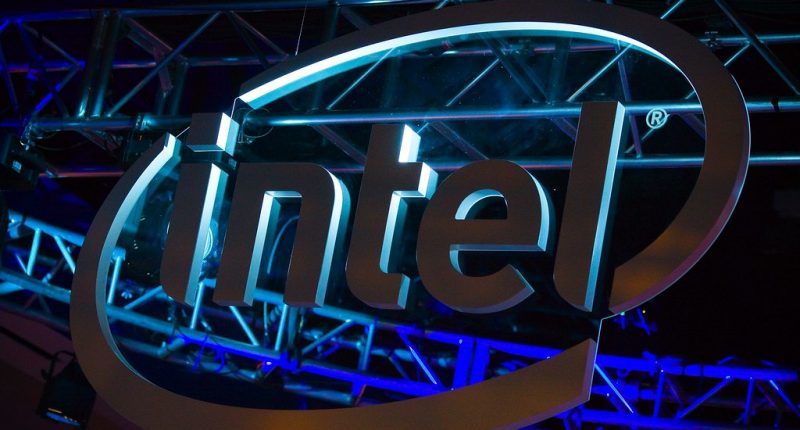Intel has confirmed lay offs in an internal memo. The company announced laying of 15% of its nearly 124,000 strong workforce, which it said, would cut costs by nearly $20Bn. Pat Gelsinger, CEO, Intel sent a memo to all employees revealing the reasons. In the memo, Gelsinger revealed that the company plans to deliver $10 billion in savings by 2025. As a result, 15% of the total workforce is being reduced. He further added that there could be ‘more tough days ahead’.
“This is painful news for me to share. I know it will be even more difficult for you to read. This is an incredibly hard day for Intel as we are making some of the most consequential changes in our company’s history,” Gelsinger wrote.
He said that currently Intel’s costs are too high, margins too low. “We need bolder actions to address both – particularly given our financial results and outlook for the second half of 2024, which is tougher than previously expected,” he said.
Earlier [July 31, 2024]
Intel seems to be on the brink of announcing significant layoffs, potentially involving thousands of workers, as part of a move to reduce costs and drive a substantial turnaround. This move, reported by Bloomberg, is expected to be confirmed sometime this week. It is likely that the company’s employees in India will be among those to be axed, though nothing has been officially confirmed.
This latest round of job cuts follows previous workforce reductions. Last year, the tech behemoth laid off about 5% of its employees, following an earlier round of cuts announced in October 2022. In addition to this, Intel has also slowed spending in other areas, aiming to save up to $10 billion by 2025 through various cost-cutting initiatives.
Under previous leadership, Intel’s dominance in the chip market began to wane. It was once the dominant player in the semiconductor industry, but since then, its rivals like Advanced Micro Devices (AMD) surged ahead, capturing market share in key segments like personal computer chips. This decline extends to the burgeoning field of artificial intelligence (AI). While chipmakers like Nvidia have become frontrunners in developing advanced AI-specific semiconductors, Intel struggles to keep pace.
Intel currently employs approximately 110,000 people, excluding those at its Intel Foundry subsidiary. The anticipated layoffs are expected to accompany Intel’s financial disclosures, which will likely highlight the company’s recent struggles. In recent years, Intel has faced declining earnings and revenue, losing significant market share to its competitors.
Still, since assuming the role of CEO, Pat Gelsinger has spearheaded efforts to revitalize Intel’s fortunes. Gelsinger has placed a strong emphasis on research and development, aiming to enhance Intel’s chip technology and regain a competitive edge. Under his leadership, Intel has embarked on an aggressive investment spree, channeling substantial funds into developing advanced semiconductors and expanding its manufacturing capabilities.
It was in this vein that Intel Foundry Services was established. A subsidiary dedicated to manufacturing chips for other companies, it is touted to be a new avenue of tapping into new revenue streams. To bolster this initiative, Intel recently appointed Naga Chandrasekaran from Micron Technology as its new chief global operations officer, responsible for overseeing the company’s manufacturing operations.
Intel’s financial outlook remains cautious, with analysts predicting flat revenue for the second quarter compared to the same period last year. However, there is optimism that Intel’s revenue may pick up in the latter half of 2024. Wall Street forecasts suggest a modest 3% increase in full-year revenue to $55.7 billion, marking Intel’s first annual revenue gain in the past three years.
The Tech Portal is published by Blue Box Media Private Limited. Our investors have no influence over our reporting. Read our full Ownership and Funding Disclosure →






